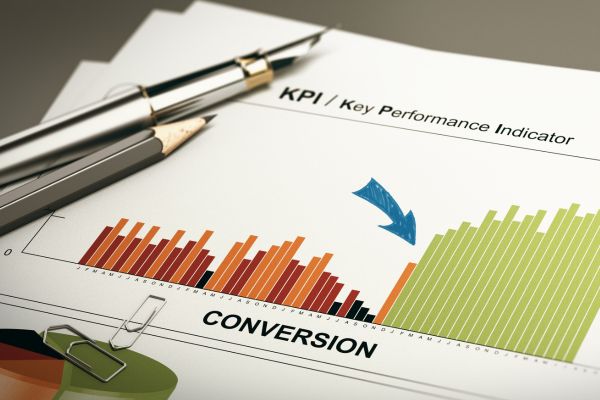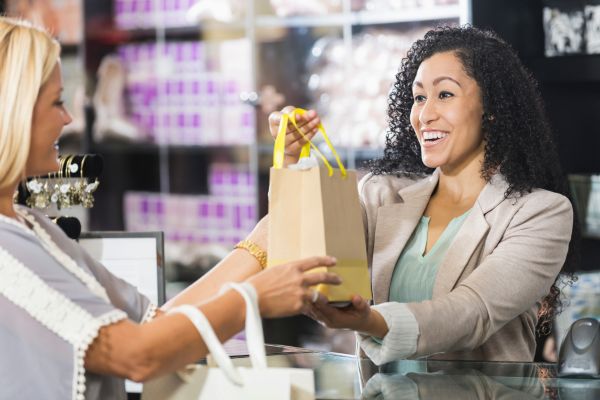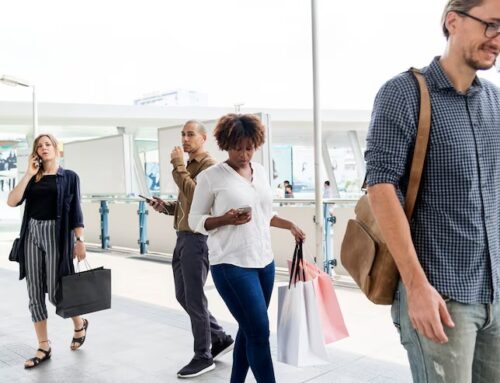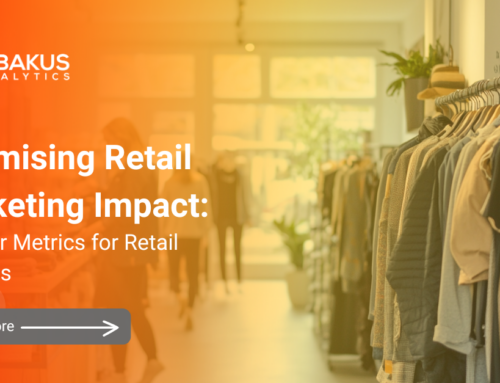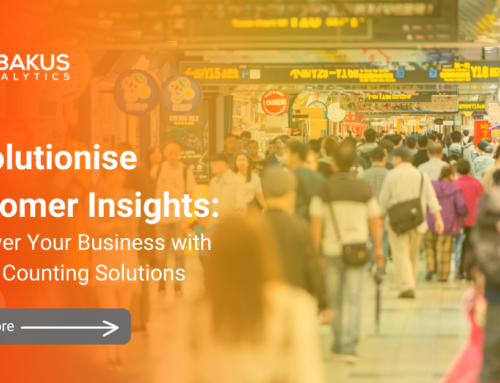How to Calculate Conversion in Retail
If you want to expand your entrepreneurial knowledge today, learn how to calculate conversion in retail. A conversion is a five-stage process that you need to explore and understand.
Conversions in retail determine whether a store generates enough profits to remain viable. Suppose you reflect on the ongoing global inflation and supply chain issues. In that case, you can see why every retailer wants to prioritize maximizing their store conversions.
If you have never considered calculating your store’s conversion, you should try it now. Here is a detailed article on the meaning of conversion, how to calculate the conversion rate, and examples.
Conversion in Retail – What Does it Mean?
In the retail industry, the term “conversion” refers to the act of making a purchase. The retailers’ most critical goal each day is to increase conversions. They want to convert as many choices into purchases every day.
A retailer can assess, measure, and calculate a conversion. With a simple mathematical formula, they can determine the rate at which their customers’ choices convert into purchases.
A conversion consists of five stages, the first one being awareness.
The customer should be aware of your retail store and products. After awareness, they must develop an interest in your store and products. The third stage is the desire to have a certain product, which triggers the conversion step when a customer makes a purchase.
The final stage is re-engagement. It is an indication that the customer loved the product they bought. Calculating conversions can help you assess the worth of your sales and advertising techniques.
How to Calculate Conversion in Retail
Before we teach you how to calculate conversion in retail, here is what it means. The term conversion rate refers to the percentage of guests whose shopping actions convert into purchases.
Retailers consider the average retail conversion rate the most important key performance metric. The sales conversion rate is not the same as footfall yet both are crucial key performance metrics for retail stores.
Footfall is the sum of guests who enter a brick-and-mortar store. Also known as foot traffic, footfall is ideal when it is high because it increases the odds of selling more. However, high foot traffic does not always boost the sales conversion rate.
In some instances, a retail store may attract many visitors who do not reach the conversion stage. On the contrary, the conversion rate of a retail shop with an attractive product display, neon signage, and good customer service can be high even if its footfall is low.
Since you understand what the term conversion rate means, you should learn how it works.
How to calculate conversion in retail entails this formula:
- Sum of sales/Footfall (total number of store guests) x 100.
Let us demonstrate this formula with an example. If the total number of visitors for a specific day were 200 and they only made 100 sales, your sales conversion rate is 100/200 x 100. The conversion rate is 50%.
If you get a high conversion rate, it is a sign that shoppers are happy with your store and products. Its odds of converting guests into shoppers and retaining them are high.
To get your footfall data, you can use measuring methods like AI-powered video analytics, location-intelligent platforms, beam sensors, manual clickers, etc.
You can retrieve your total sales figure from your Point-of-Sales system. Apart from knowing how to calculate conversion in retail, you should learn about conversion rate optimization.
If your calculations reveal a low conversion rate than you desire, you should improve it. CRO is all about the tactics you can use to enhance the percentage of guests who convert into customers.
Start by tracking and measuring your key performance indicators(KPIs). If you need more key performance indicators to optimize conversions, you can add these other metrics:
- Average Transaction Value (ATV) – Retailers should calculate average transaction value to estimate the amount that customers spend per transaction. If your ATV is high, it is an indicator that your customers are making big purchases or buying expensive products. This can lead to high sales and revenue. To calculate your ATV, divide the total number of sales by Footfall (the total number of visitors entering the shop).
- Customer Retention Rate – Attracting customers who purchase an item is good but not enough. You also want them to re-engage as a sign of satisfaction from the previous purchase experiences. Before creating strategies for customer retention, first compute your current rate. Divide the number of recurring customers by the number of customers and multiply the result by 100. If your returning customers are 500 and the number of customers is 1000, this is your customer retention rate: 500/1000 x 100. The answer is 50%.
Once you know how to calculate conversion in retail, try to do it practically. After learning your conversion rate, discovering your ATV and CRR will make more sense.
Ways to Improve Your Conversion Rate
How to calculate conversion in retail is as crucial as optimizing it. Besides adding and tracking the other two metrics above, follow these easy tips:
- Change Your Store Layout – Could it be that your current store arrangement limits your customers in some way? Perhaps they dislike your cluttered store layout so much that it affects their buying desire. Maybe they lack the motivation to navigate and explore because the things are hard to find. You can redesign the layout and track their reactions to see if they need further improvements.
- Improve Product Display – If you measure your foot traffic, you will discover how customers interact with your product shelves. The data may reveal that customers dwell more on some shelves and show less interest in others. Unattractive product displays can be why customers ignore certain product shelves. You can create a strategic display for less-noticed products or even add a neon sign to less-frequented zones.
- Staff Training – Knowing how to calculate conversion rate in retail won’t matter if your employees are impolite. How an employee treats a customer at the entrance can shape the rest of the conversion process. Let’s imagine a customer who receives polite greetings or a gift at the door. The level of satisfaction that follows such a gesture may trigger the customer to transact more than they had planned. Thus, train your employees to be friendly, knowledgeable, and cooperative. That way, they will help customers as they deserve.
- After-the-Sale-Service – For instance, you can offer them price discounts and free samples to help promote your products. Customers who receive preferential treatment hardly ever forget the experience and the shop.
- Enhance Customer Experiences with Technology – As digital transformation unfolds in your country or state, introduce it in your retail store. Introduce Augmented Reality to help customers explore things before purchasing them. Allow them to use mobile apps and wallets when shopping and buying. Introduce interactive displays to attract customers who wish to come back.
- Receive Customer Feedback – How to calculate conversion in retail cannot lead to success on its own. Even if you pull customers like a magnet, you need to listen to their remarks to retain them. Customers are willing to share their views about your store and product offerings through interviews, experiments, and surveys. They can open up your mind to see things that might be lowering your conversion rate. If you ignore their feedback, they might as well leave for another store that value their comments.
Conclusion
How to calculate conversion in retail is an essential step in boosting business performance. You should divide the sum of sales by the total number of visitors and multiply the result by 100.
If your score is high, use new approaches to attract more guests and increase your odds of selling more. On the other hand, assess your marketing tactics and customer support services. These and other factors can lower your conversion rate.


